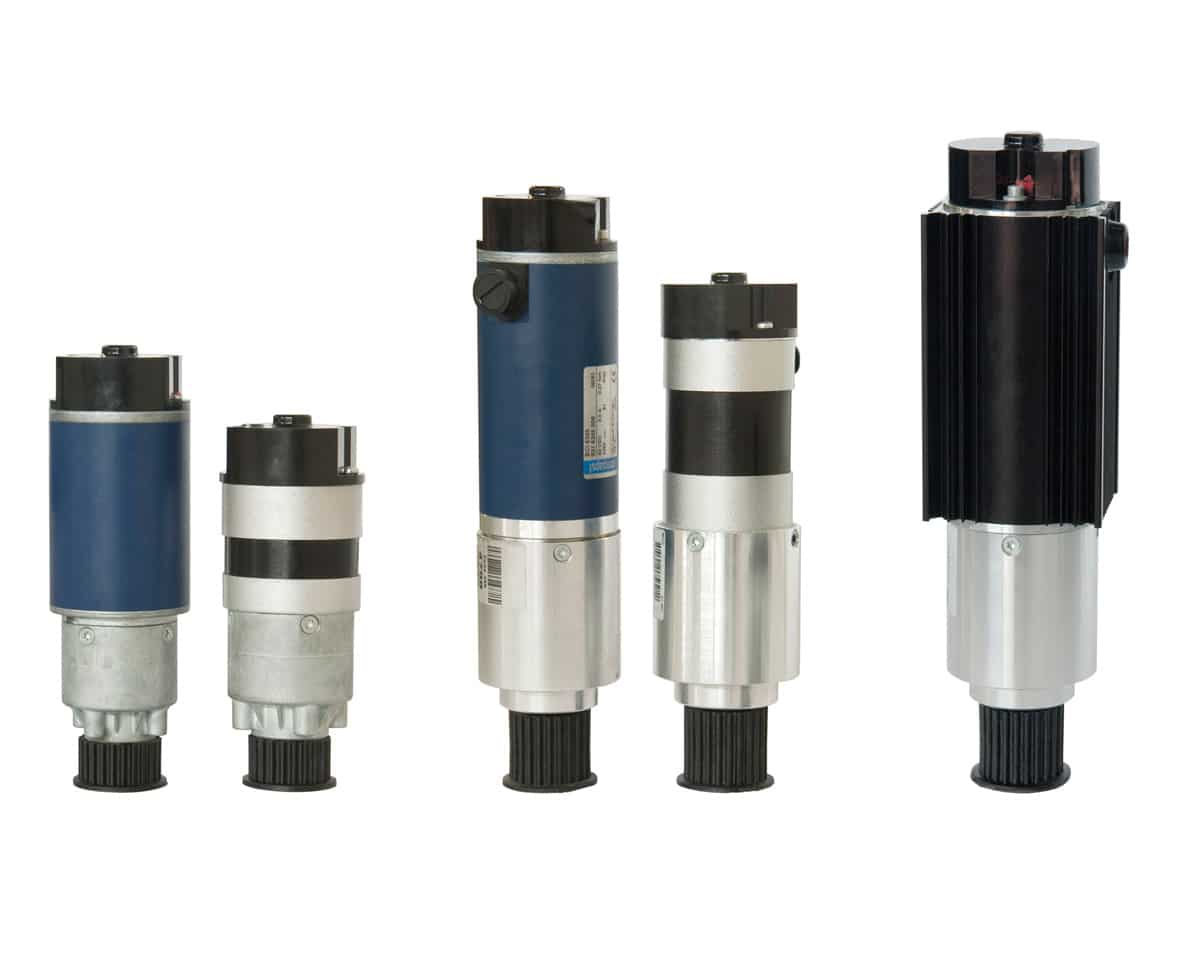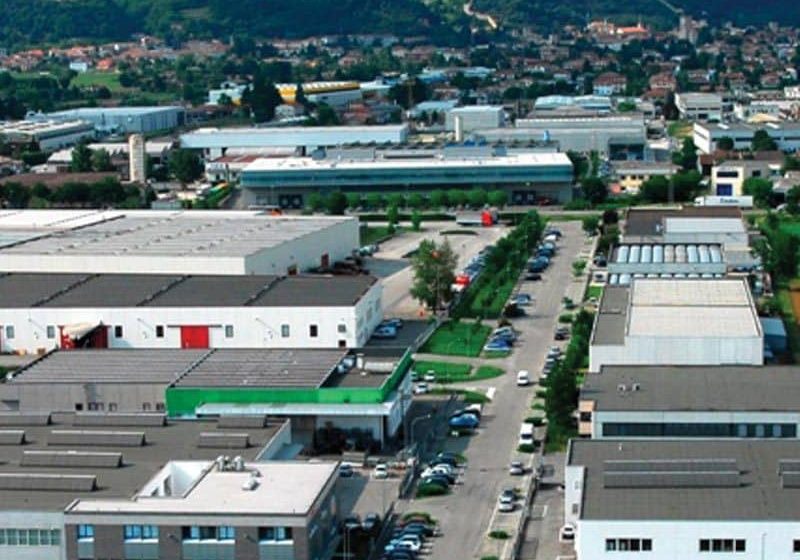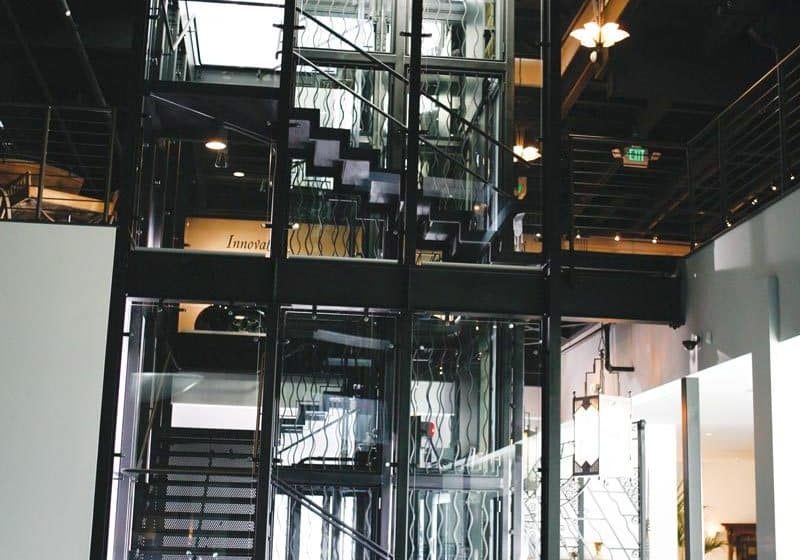Energy and Ecology in the Focus of the Wittur Group
Apr 1, 2011

Energy consumption and ecological issues are high on the agenda.
by Markus Hößle
Ecological/Energy Issues
Out of the world’s present population of 6.5 billion, 3.5 billion (about 50%) live in cities. If the world’s population increases to 9 billion in 2050, that means that as many as 6 billion (66%) will then be living in cities. That spells out burgeoning cities with exploding power consumption and environmental pollution. That was the urgency driving the Kyoto Protocol. One of the foremost items on the agenda was driving down CO2 emissions, with a master agreement defining savings of at least 20% of energy consumption in the European Union by 2020.
The elevator industry is also conscious of its responsibility in the global effort to enhance products for ecological and energy efficiency. After all, 40% of energy is consumed in buildings, while elevators and escalators comprise 3-8% of this energy consumption. If we start on the assumption that there are 8.5 million elevators in operation throughout the world (4.5 million in the European Union) and that another 450,000 new units will be brought to market every year, there is no escaping the fact that elevator design constitutes a major potential for savings. Studies on standard residential buildings indicate that 70% of the energy is consumed in standby operation, and 30% is consumed when elevators are traveling. These figures define the focus of further development in the elevator industry.
Standards, Directives and Regulations
Various laws, directives and rules on energy efficiency have been enacted since the Kyoto Protocol’s launch in 2002. Even though they originally did not affect elevators, the elevator industry started out doing its bit at an early stage and was proactive about creating the underpinnings for standards. For instance, ISO 25745 was authored to bring about International Organization of Standardization (ISO) standardization for the global market. Its first part called for studying and measuring the energy needs of elevator systems and escalators. Beyond this, work was done to come up with various directives for Europe, such as the Energy Performance of Buildings Directive 2002/91/EC and 2005/32/ EC, and the Energy using Products Framework Directive for implementing the demands made by the Kyoto Protocol.
Directive 2005/32/EC (the “Ecodesign Directive”) has already been transposed into German natural law as the Energy Performance of Buildings Directive. Experts from Germany, Austria and Switzerland put their heads together to draw up VDI 4707-Part 1 for keeping pace with the aforementioned directives, and this has been in force for the energy efficiency of elevators since March 2009. Finally, the E4 Research Project was launched on the level of the European Union to measure power consumption and the potential for savings in elevators and escalators. The focus in engineering development has been safety for more than 100 years; now, energy and ecology have taken their places on the priority list.
Progress of Activities for VDI 4707-Part 2: Energy Efficient Components
In January 2009, these experts started drawing up “Part 2” for “Energy Efficient Components” to boost energy efficiency. The idea behind it is ensuring transparency of the assessment criteria formulated in choosing energy-efficient products in connection with VDI 4707-Part 1. This, in turn, would provide the underpinnings for saving energy in the manufacturing of new systems and streamlining of existing ones. They formed work groups for each of the components with an impact on energy, and each had the job of detailing factors for the classification and energy consumption of various components by comparing measurements of various manufacturers. This was intended to include various factors in the calculation of total energy efficiency, such as efficiencies in the shaft, guides and rollers, as well as a wide variety of elevator designs. Elevator doors were used as an example to define a whole series of different applications: door panel weights, numbers, opening/closing speeds, opening/closing times, and the design and tractive force of self-closing systems. It became apparent that studying the various flows of travel and standby operation made major requirements of the measuring equipment.
Main Energy Consumers and Potential for Savings
Travel and standby operation are the main criteria for assessing energy needs/consumption. Experience shows that the energy consumed by standby operation has increased unceasingly, while the main potential for savings is to be found in systems in the residential sector. What’s more, the potential for saving energy is augmented by applying groundbreaking technology to highly frequented systems’ travel operation. The main energy-consuming components in elevators are car lighting, car door drives, controllers and drives with frequency inverters. Savings can only be achieved in standby operation by gradually eliminating the energy consumers using energy-efficient components in connection with intelligent controllers.
Wittur’s Energy-Saving Product Processing
The Wittur Group focuses its R&D activities on safety engineering and energy-efficient components. This involves the supply of energy-efficient and ecological components with the product lifecycle focus on using recyclable and environmentally friendly materials.
Doors
Wittur manufactures elevator doors for the worldwide market, and one of its foremost goals is to constantly advance car door drives to save energy. Using door drives with permanent-magnet synchronous technology motors in connection with efficient planetary gears reduces drive energy consumption by as much as 60% in comparison to conventional designs with asynchronous motors triggered by variable voltage, variable frequency with gearless systems. ECO+ door drives have an average drive energy consumption of 11W. Intelligent controllers enable the car door drive to be turned completely off when the elevator is not in operation without impairing travel convenience, safety or waiting times.
Gearless Drives
The company’s WSG-S servo gearless series with a 16-pole synchronous motor, permanent magnets and a built-in safety brake are highly efficient. These electric drives from Dresden, Germany, feature motor efficiency and brake magnet operation using over-excitation. Energy regeneration and eliminating oil in operation are further energy and ecological advantages.
Car Lighting
LED technology can provide energy savings of up to 75% compared to fluorescent lamps.
Car Sling
Weight-reduced constructions and materials, and detailed engineering with finite-element-method components and system analysis can save even more energy.
Hydraulic Drives
Depending on the application, new hydraulic drives offer optimum electronic- (HE range = 30% reduction of energy consumption) and frequency-controlled (HI range = a savings potential of 40%) solutions when compared to standard mechanical drive units.
Summary
More than ever before, energy consumption and ecological issues are high on the agenda of elevator-industry products.
Get more of Elevator World. Sign up for our free e-newsletter.






